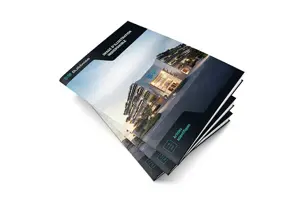The durability of concrete made with ternary cements containing Portland cement (OPC), blast-furnace slag (S) or fly ash (FA) and limestone filler (L) has been investigated according to a comparative approach to assess the suitability for use of these composite cements for concrete. Eight blended cements of different proportions of OPC (from 45% to 65%), S and FA (from 10% to 30%) and L (from 5% to 35%) were selected and compared with five reference cements (CEM I 52.5 R HES, CEM II/B-M (L-S) 32.5 R, CEM II/B-M (LL-S-V) 32.5 N, CEM II/B-V 32.5 R and CEM III/A 42.5 N LA). Two types of mixes were produced using constant water to cement (w/c) ratios of 0.45 and 0.55 and cement contents of 340 kg/m³ and 300 kg/m³ respectively. Carbonation, freeze-thaw with de-icing salts, chloride diffusion and sulfate attack tests were carried out on concretes and mortars. The results indicate that a high content of slag and fly ash reduces chloride diffusion and sulfate attack. Resistance to carbonation and freeze-thaw decreases with limestone filler content. Ternary cements containing slag seem overall to give a better concrete durability than those containing fly ash.
